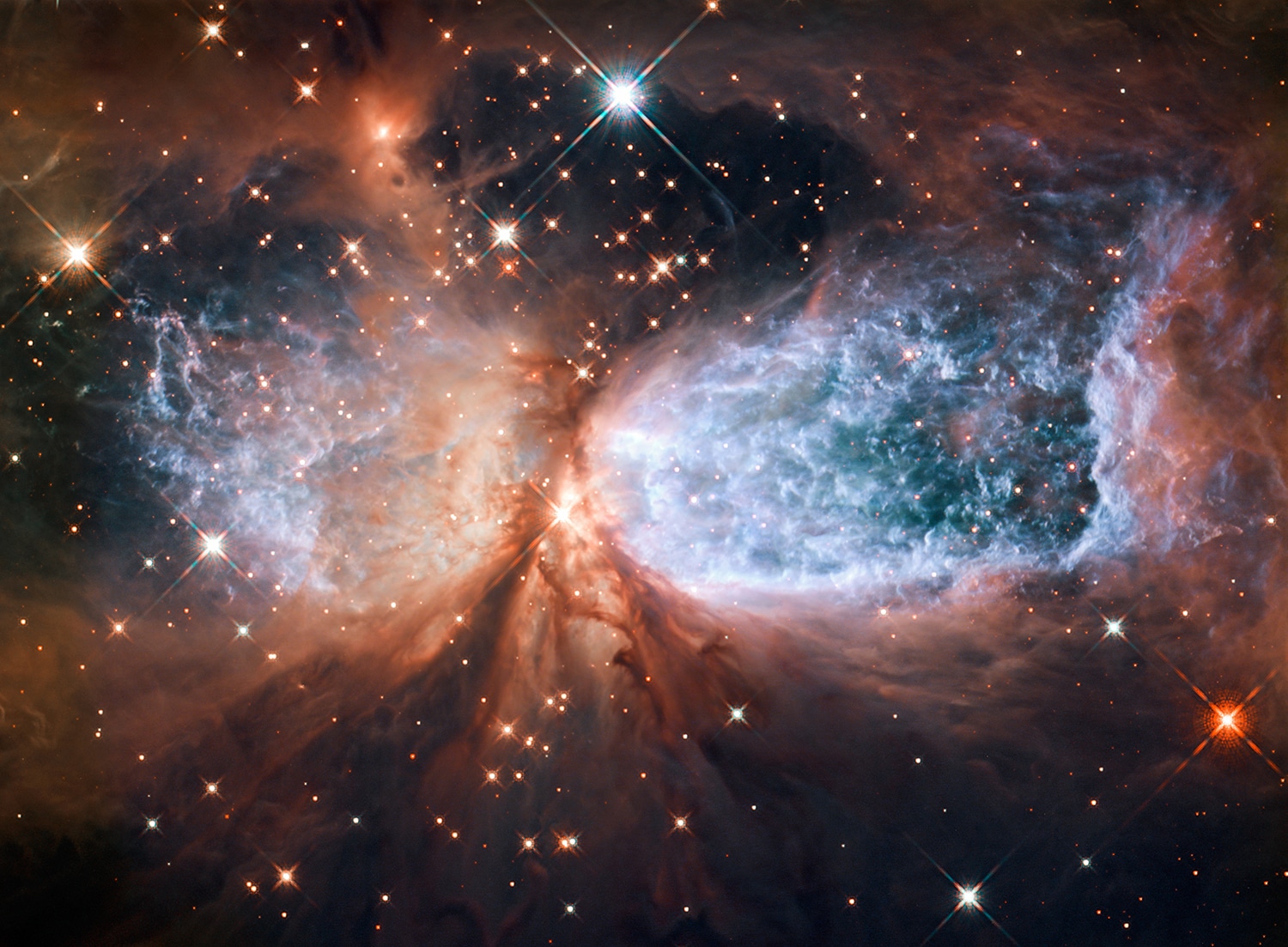
In the computational framework called Called STARFORGE (Star Formation in Gaseous Environments), astrophysicists have created the first simulation of the gas cloud where stars formed. Astrophysicists, including from Northwestern University, used the framework to develop the most realistic, highest-resolution 3D simulation of star formation to date.
The simulation offers an opportunity to Astro lovers to view or float around a colorful gas cloud in 3D space while watching twinkling stars emerge. It also is the first simulation to simultaneously model evolution and dynamics while accounting for stellar feedback, including jets, radiation, wind, and nearby supernovae activity.
Unlike other simulations that include different types of stellar feedback, STARFORGE includes them simultaneously to determine and simulate how these various processes interact to affect star formation.
Northwestern’s Michael Grudić, who co-led the work, said, “People have been simulating star formation for a couple of decades now, but STARFORGE is a quantum leap in technology. Other models have only been able to simulate a tiny patch of the cloud where stars form—not the entire cloud in high resolution. Without seeing the big picture, we miss a lot of factors that might influence the star’s outcome.”
Northwestern’s Claude-André Faucher-Giguère, a senior author on the study, said, “How stars form is very much a central question in astrophysics. It’s been a very challenging question to explore because of the range of physical processes involved. This new simulation will help us directly address fundamental questions we could not definitively answer before.”
Before developing this simulation, STARFORGE was previously used to discover protostellar jets—high-speed streams of gas that accompany star formation.
The entire process of star formation takes tens of millions of years. Even if astronomers decide to catch a glimpse of the process, they will only get a snapshot of it.
The STARFORGE was developed by incorporated computational code for multiple phenomena in physics, including gas dynamics, magnetic fields, gravity, heating and cooling, and stellar feedback processes.
The resulting simulation shows a mass of gas—tens to millions of times the sun’s mass—floating in the galaxy. As the gas cloud evolves, it forms structures that collapse and break into pieces, including individual stars.
Once the stars form, they launch jets of gas outward from both poles, piercing through the surrounding cloud. The process ends when there is no gas left to form anymore stars.
When scientists ran the simulation without considering jets, the stars ended up much too large—10 times the sun’s mass. When they considered the jets, the stars’ masses became much more realistic—less than half the sun‘s mass.
Grudić said, “Jets disrupt the inflow of gas toward the star. They essentially blow away gas that would have ended up in the star and increased its mass. People have suspected this might be happening, but by simulating the entire system, we have a robust understanding of how it works.”
“Understanding galaxy formation hinges on assumptions about star formation. If we can understand star formation, then we can understand galaxy formation. And by understanding galaxy formation, we can understand more about what the universe is made of. Understanding where we come from and how we’re situated in the universe ultimately hinges on understanding the origins of stars.”
Faucher-Giguère said, “Knowing the mass of a star tells us its brightness, as well as what kinds of nuclear reactions are happening inside it. With that, we can learn more about the elements that are synthesized in stars, like carbon and oxygen—elements that we are also made of.”
Journal Reference:
- Michael Y Grudić et al. STARFORGE: Toward a comprehensive numerical model of star cluster formation and feedback, Monthly Notices of the Royal Astronomical Society (2021). DOI: 10.1093/mnras/stab1347
Continue reading The most realistic, highest-resolution 3D simulation of star formation to date on Tech Explorist.

0 comments:
Post a Comment